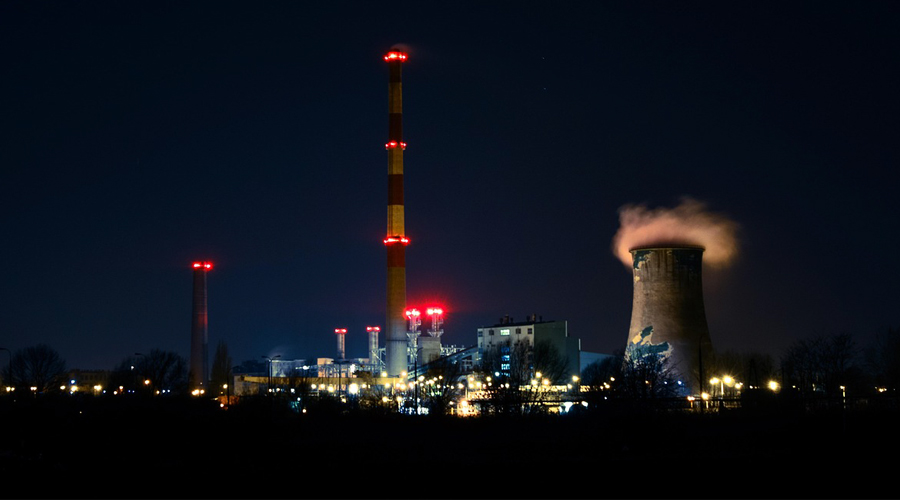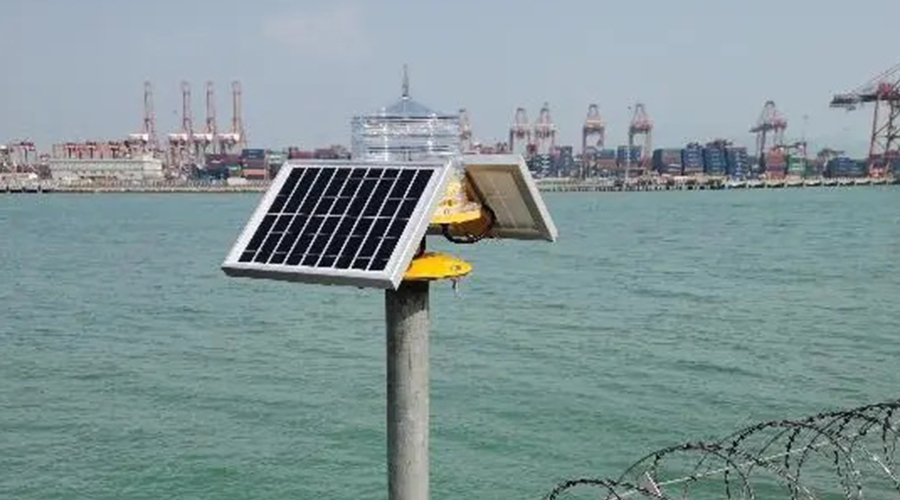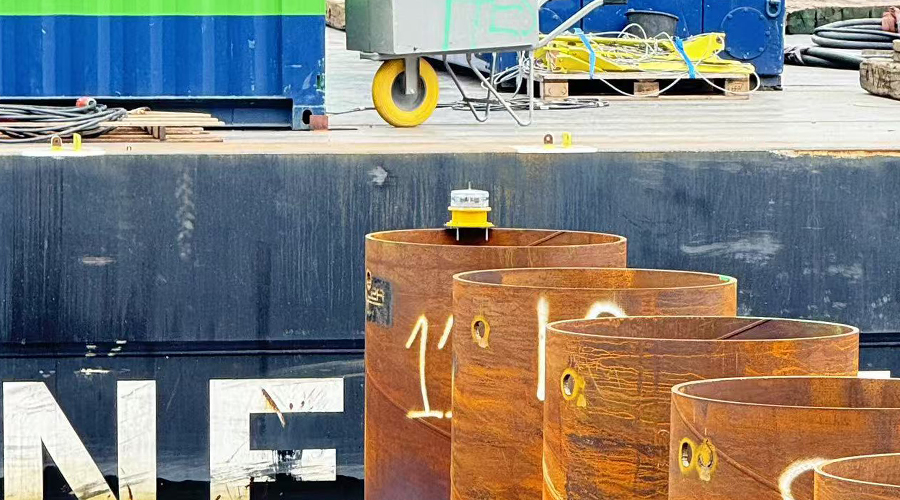Apron navigation lights are used to provide helicopter airport lighting signs and warning functions. According to the relevant legal regulations of the Civil Aviation Administration of China and the International Civil Aviation Convention, the helicopter apron needs to set up visual navigation apron light control equipment to ensure the safety of helicopter take-off and landing. What are good apron navigation lights?
This article will help you understand the following important parameters of apron navigation light design.
- Brightness
The brightness of the navigation light is one of its most important parameters. Apron navigation lights usually need to have a high brightness to ensure that pilots and airport ground personnel can clearly see the light signals at night and in bad weather conditions. The brightness parameter is usually measured in candela, and the more common brightness requirements are between 2000 and 6000 candela.
- Color
The color of the airport apron navigation lights refers to the color emitted by the light. Different colors of light are used to convey different information and instructions. Common colors of navigation lights include red, green, and blue. Red is usually used to mark obstacles or warnings, green is usually used to indicate feasible paths or locations, and blue is often used to indicate parking areas or parking spaces.
- Flashing Frequency
The flashing frequency of apron lights refers to the rate at which the light flashes. Different flashing frequencies represent different meanings. Common flashing frequencies include steady, fast, and intermittent. Steady, non-flashing lights are generally used to indicate paths or locations in operation, fast-flashing lights are generally used to indicate warnings or emergencies, and intermittent flashing lights are used to mark feasible exits or passages.
- Directivity
The directivity of navigation lights refers to the directionality and range of light illumination. Airport apron navigation lights should generally have good directivity to ensure that the lights can accurately indicate the approach path, parking space, and operating path of the aircraft. Directivity parameters can be achieved through the design and reflection characteristics of the light.
- Maintenance and Reliability
The maintenance and reliability of airport apron navigation lights are critical to their normal operation and use. The lighting, electrical, and structural components in the system solution are designed to operate stably and reliably for a long time. Navigation lights require regular maintenance and inspection to ensure the stability and consistency of parameters such as brightness, flashing frequency, and directionality.

In addition, the airport apron navigation lighting system also needs to pay attention to the following points:
- Improve visibility: Customized optical components provide better light uniformity, improving the visibility and efficiency of ground staff.
- Reduce glare: Good glare suppression eliminates glare effects on pilots and air traffic controllers.
- Comprehensive light suppression: Excellent light distribution, more uniform illumination.
- Simplify maintenance: Remote electrical facilities eliminate the need to use a lift for maintenance and reduce the weight of the light pole.
By properly selecting and using helipad navigation light equipment, the safety of aircraft operations in the apron area can be ensured.






